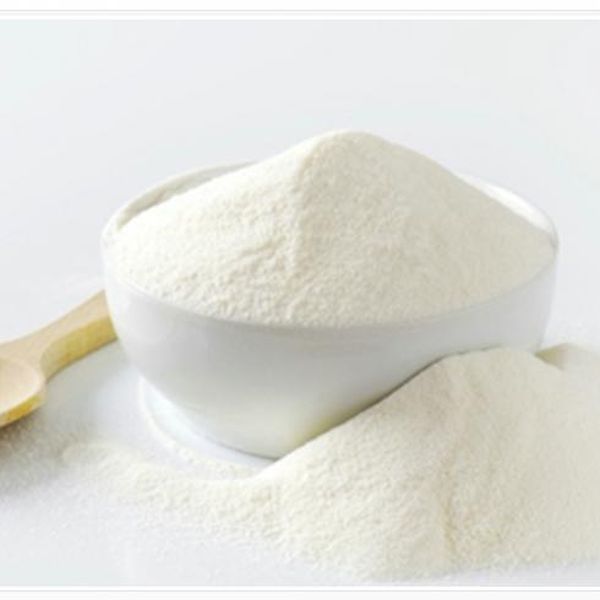- Home
- News
- Kitasamycin Tartrate — Treat upper respiratory tract infections, pneumonia, gonorrhea, acute mastitis, sepsis, etc.
Kitasamycin Tartrate — Treat upper respiratory tract infections, pneumonia, gonorrhea, acute mastitis, sepsis, etc.
Kitasamycin Tartrate is an antibiotic medicine used to treat upper respiratory tract infections, pneumonia, gonorrhea, acute mastitis, pertussis, tonsillitis, sepsis, etc.
Guitaricin tartrate is a macrolide antibiotic. It is also called guitaricin tartrate and leukomycin tartrate. Its antibacterial spectrum is similar to erythromycin. It is effective against Gram-positive bacteria, partially negative bacteria, spirochetes, mycoplasma, Rickettsia is effective. The antibacterial effect on most Gram-positive bacteria is slightly weaker than that of erythromycin, and this product is more effective than penicillin, erythromycin, and tetracycline against resistant Staphylococcus aureus. Bacteria develop resistance to this product more slowly than erythromycin. Intravenous injection of this product for 15 minutes reaches the peak blood drug concentration, which can be maintained for 8 hours. It is widely distributed in various organs, with the highest concentration of liver and gallbladder, mainly excreted from bile.
[Indications] Mainly used for infection caused by Staphylococcus aureus and Gram-positive bacteria resistant to penicillin G. Biliary tract infections are also used for pertussis, mycoplasma pneumonia, gonorrhea, and sepsis.
Guitaricin is a macrolide antibiotic extracted from the culture solution of Streptomyces pakali. It is a white or slightly yellow crystalline powder, which is difficult to dissolve in water. Its tartrate (guitarin tartrate) is a light yellow powder and is easily soluble. In water, the stability is high. Macrolide antibiotics have a broad antibacterial spectrum, similar to erythromycin, and most Gram-positive bacteria (staphylococci, streptococcus pyogenes, green streptococci, streptococcus pneumoniae, diphtheria, tetanus, anthrax Bacillus), some Gram-negative bacteria (gonococcus, pertussis bacillus), spirochetes, mycoplasma and chlamydia are effective, especially for mycoplasma. According to reports: It is generally cross-resistant with other macrolide antibiotics, and the resistance of sensitive bacteria also appears slowly. It is used as growth promoter in Europe, America and Japan. It is mainly used in chicken chronic respiratory disease, swine mycoplasma pneumonia and pig vibrio dysentery in China. . [Usage and Dosage] Mixed feeding: for every 1000 kg of feed, chickens (chronic respiratory disease) prevention 110-330 grams, treatment 330-500 grams; pigs for pneumonia, prevention 80-110 grams, treatment 110-330 grams; pigs For bacterial intestinal infections, prevent 44 to 88 grams and treat 88 to 110 grams. Mixed drinking: per liter of water, chicken prevention (chronic respiratory disease) 250-500 mg, treatment 500 mg, pig 100-200 mg. Oral: once, per kilogram of body weight, 20-30 mg for pigs, 20-50 mg for poultry, twice a day for 3 to 5 days. Intramuscular or subcutaneous injection: one dose per kilogram body weight, chicken 25-50 mg, various livestock 5-25 mg, once a day.

